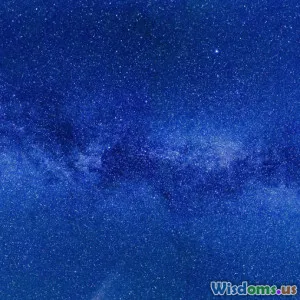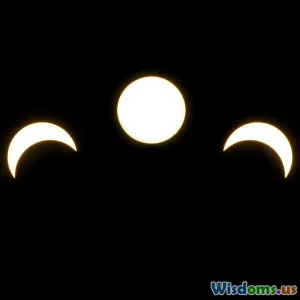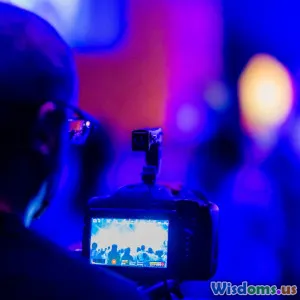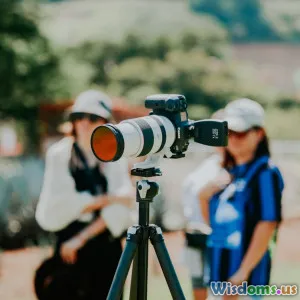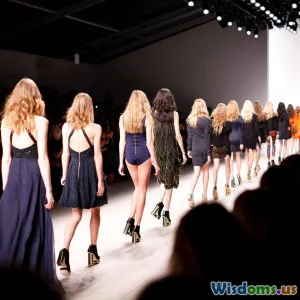
Proof That Urban Astrophotography Is Not Impossible
17 min read Explore how urban astrophotography is achievable despite city lights, with expert techniques, equipment tips, and inspiring real-world results. (0 Reviews)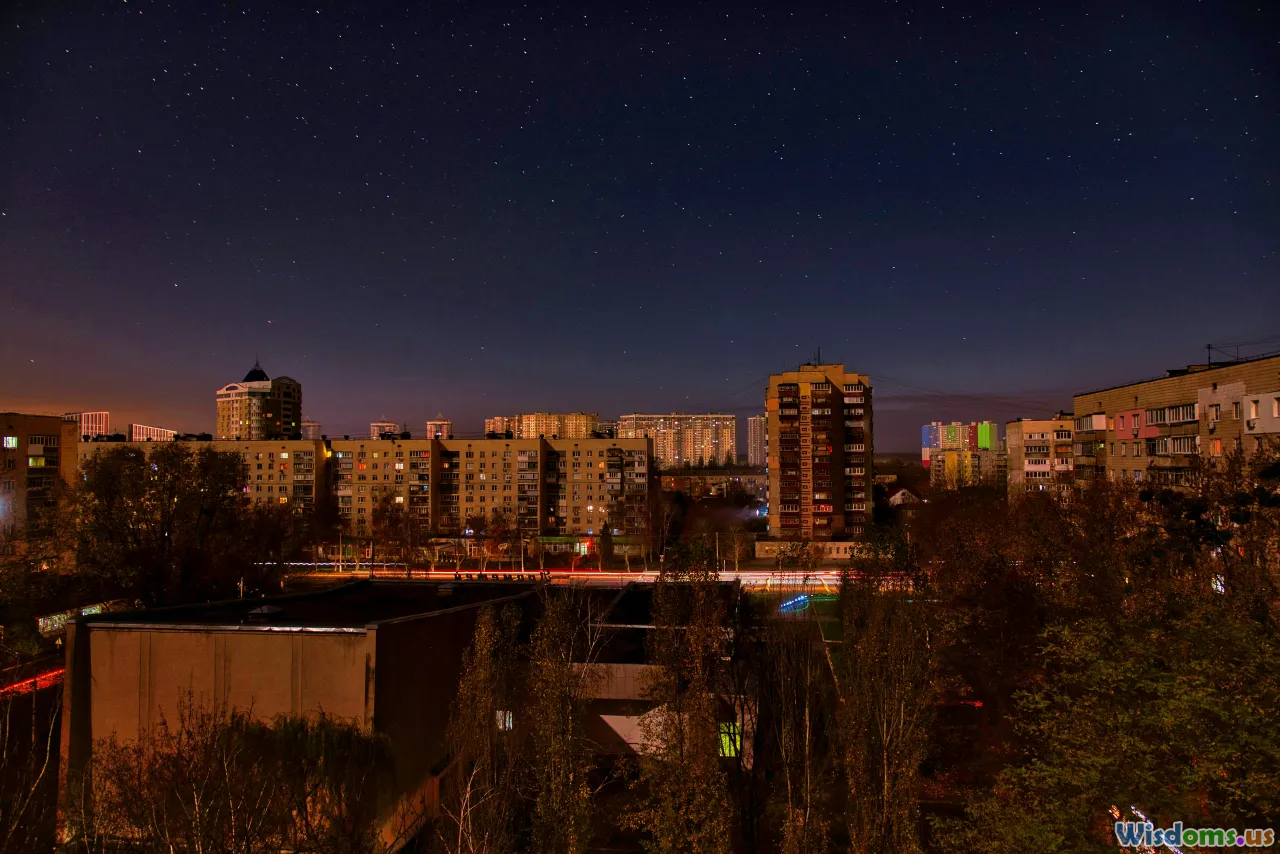
Proof That Urban Astrophotography Is Not Impossible
The world’s night skies, even those blanketed by city lights, hold stunning celestial sights waiting to be captured. Urban dwellers often assume that astrophotography—a passion typically linked to remote mountain tops or rural observatories—offers little for those surrounded by skyscrapers. Yet, innovations in technology, creative thinking, and surprising advantages unique to cities are proving that urban astrophotography is not just possible; it’s rapidly attracting a new generation of observers. Here’s how city stargazers are breaking boundaries, and how you can successfully join their ranks.
Unpacking the Urban Astrophotography Challenge
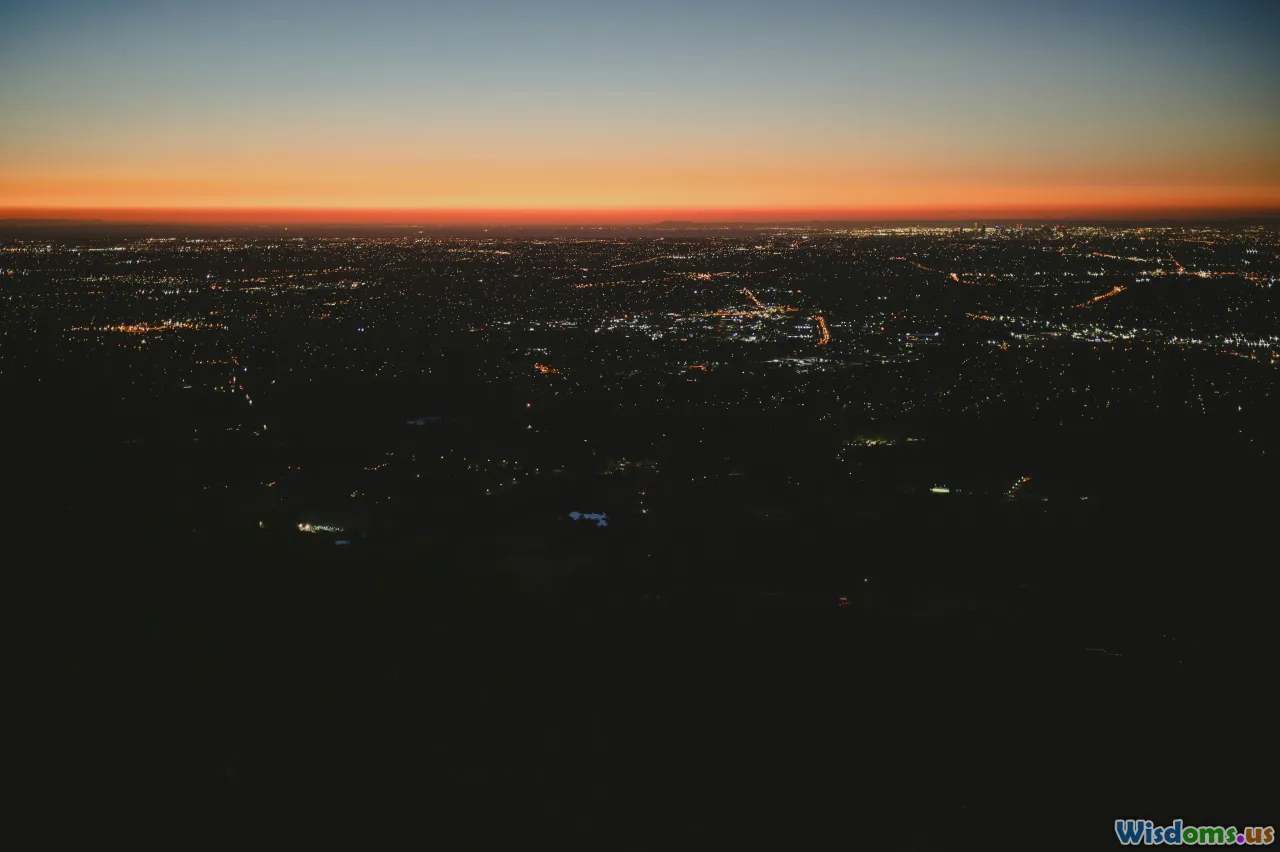
Light pollution remains the main hurdle for astronomers in cities, and with population growth, it has only become more pronounced. Streetlights, billboards, vehicles, and illuminated skyscrapers scatter photons upward, drowning out all but the brightest stars. According to the Light Pollution Map, over 80% of the world’s population now lives under skyglow-affected night skies. In heavy metropolitan areas like New York or Tokyo, only celestial objects several magnitudes brighter than average are visible to the naked eye.
Yet, modern astrophotographers are flipping this perceived disadvantage into a challenging playground. A Berlin-based photographer, Sonja Knittel, routinely captures vibrant images of the Moon ducking behind glass towers or the International Space Station (ISS) arching across the neon-soaked sky. Her workflow prioritizes careful planning, specialized filters, and unique compositions, illustrating that a city’s flaws can sometimes enhance its storytelling potential. Astrophotography in cities becomes less about what’s hidden and more about what can be revealed—and the narratives that only a metropolis can offer.
Essential Gear for Urban Night Skies
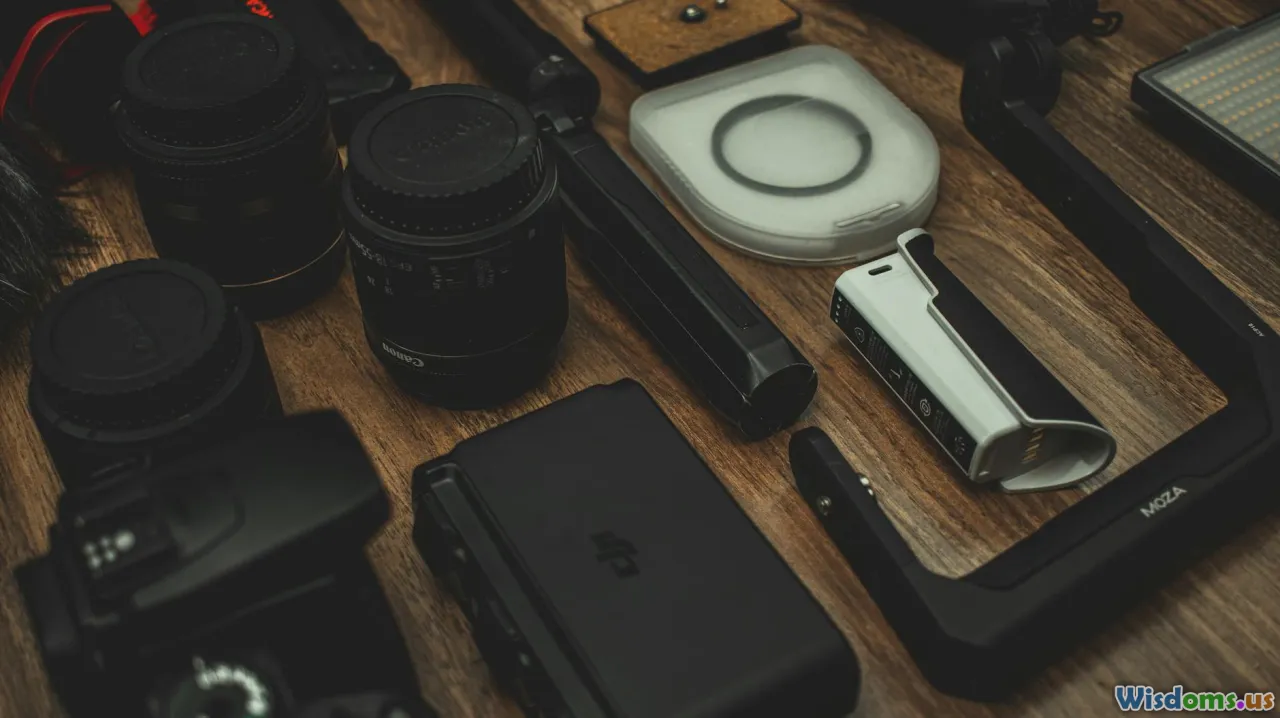
Access to specialized equipment levels the playing field for urban astrophotographers. Unlike countryside stargazing, where minimal gear can suffice, metropolitan imaging benefits greatly from technology designed for difficult conditions.
Cameras and Lenses
DSLRs and mirrorless cameras excel, especially those with full-frame sensors that better capture faint signals. However, even high-end smartphone cameras, when coupled with night modes and third-party apps that allow for manual settings, can surprise. Fast lenses (with apertures f/2.8 and below) permit more light collection per unit time, which is vital for beating city skyglow.
Example:
Photographer Daniel Stein adapted his smartphone using a $40 adapter to attach it behind a simple Dobsonian telescope, managing to photograph the craters of the Moon and even the rings of Saturn from his Chicago apartment balcony—a proof of creativity overcoming environmental constraints.
Telescopes and Mounts
Small refractors (60–100mm aperture) are popular for portable city setups, but a sturdy equatorial mount is invaluable for tracking longer exposures. The Sky-Watcher Star Adventurer and iOptron SkyGuider Pro are favorite equatorial trackers among urban astrophotographers.
Filters: A Game Changer
- Clip-in and external light pollution filters. Modern filters like the Optolong L-Pro or IDAS D2 filter selectively block city light frequencies, particularly those from sodium and mercury vapor lamps, while preserving signals from nebulae and star clusters.
- Narrowband filters. For deep-sky imaging, narrowband (Hydrogen-alpha, Oxygen-III, Sulfur-II) filters allow exceptionally faint targets to emerge from brightly lit skies.
Using these filters, Annie Cheng in downtown Los Angeles recently imaged the Orion Nebula—with broadband sources muted, only the nebula's rich plasma light remained, looking surprisingly sharp despite Los Angeles’ notorious skyglow.
Target Selection: What to Shoot from the City
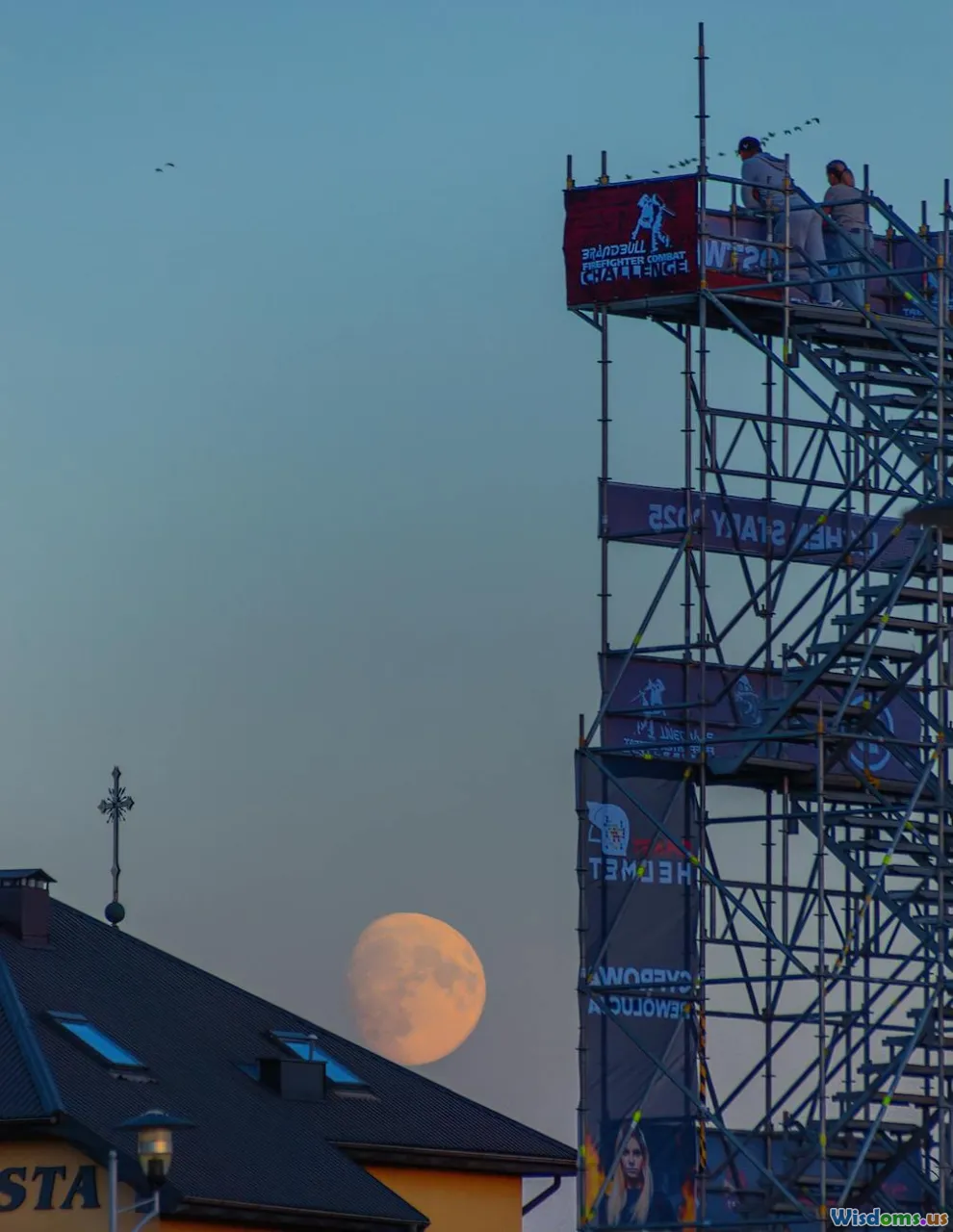
Not every celestial object fights the city light equally. Urban skywatchers must become experts at target selection.
The Moon and the Planets
Few urban astrophotography subjects are as reliable as the Moon, Venus, Jupiter, Saturn, and Mars. Because these objects reflect or emit significant light, they easily pierce even the most severe artificial glow. Lunar phases, planetary conjunctions, and opposition periods offer spectacular opportunities from downtown balconies or rooftops.
Example:
In 2023, Jason Foo in Singapore shot detailed images of Jupiter’s Great Red Spot using a 6" catadioptric telescope and a color camera directly from his high-rise patio—suited up with an IR-cut filter to combat atmospheric turbulence and city haze.
Star Trails: Urban Edition
Long-exposure star trails can be both a technical challenge and a creative opportunity amid cityscapes. By stacking multiple shorter images (instead of a single long exposure), photographers like Agnieszka Górska in Warsaw produce mesmerizing loops and arcs surrounding urban icons—a perfect marriage of the heavens and city lights.
Satellites and the ISS
Satellite flares, passes of the International Space Station, or the streak of SpaceX Starlink trains have become city-dweller’s new astrophotography gems. Free tracking apps such as Heavens-Above or Stellarium help predict when these events will be visible, even announcing two-minute windows for dazzling orbital crossings.
Bright Deep Sky Objects
While dim nebulae and galaxies remain difficult, stellar clusters like the Pleiades (M45) or the Orion Nebula (M42), with careful use of filters and stacking, can deliver impressive images. Many urban shooters hone stacking and data analysis skills this way before venturing into fainter territory.
Overcoming Skyglow: Workflow and Post-Processing Techniques
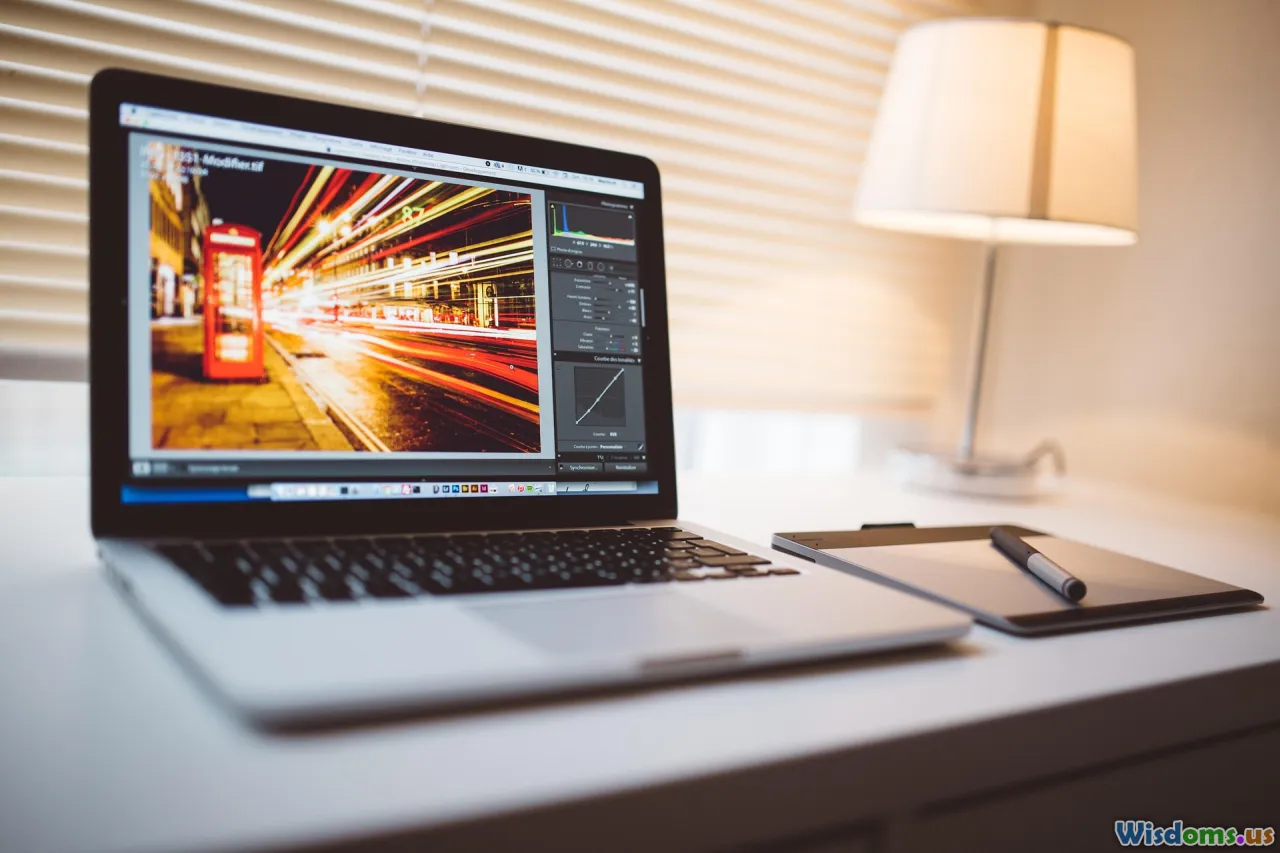
Urban astrophotography often succeeds not in the field, but behind the screen. Effective post-processing can dramatically elevate weak, contrast-starved images.
Stacking for Noise and Signal
Stacking dozens—or sometimes hundreds—of shorter exposures greatly increases the signal-to-noise ratio. Software like DeepSkyStacker, Sequator, or PixInsight aligns and averages these frames, revealing elusive detail masked by skyglow.
Real-World Case:
Mario Ortiz, shooting from Mexico City, stacked 150 three-second exposures of the Andromeda Galaxy. Though each raw frame appeared nearly blank or orange with pollution, stacking and gradient removal revealed a stunning, spiral galaxy nestled in a coppery urban sky.
Gradient and Color Correction
Light pollution often introduces gradients (subtle shifts from dark to bright across the frame) and unnatural colors. Gradient removal tools in Photoshop or PixInsight, or plugins like GradientXTerminator, can neutralize these. Color balance tweaks then restore natural star and nebula hues.
Denoising and Sharpening
City images frequently suffer from digital noise due to high ISO settings and short subs. Advances in AI-driven noise reduction—such as Topaz DeNoise or Lightroom’s Enhance—allow for aggressive cleaning without destroying detail.
Creative Composition
Urban astrophotographers frequently blend sky and landscape images (acquired separately but on the same night) to create composite shots that highlight both the city’s vibrancy and the quiet spectacle above. Time-blends, star trails over city icons, or double-exposures with reflective buildings are increasingly popular on platforms such as Instagram and AstroBin.
Best Urban Locations and Setup Strategies

Location can make or break a session.
Rooftops and Balconies
Higher vantage points reduce horizon-based pollution. Many enthusiasts negotiate rooftop access or utilize parking garages to gain a clear line above street-level haze. South-facing views can be optimal for Northern Hemisphere observers targeting the Milky Way core in summer—or facing planetary rises and sets.
Public Parks and Waterfronts
City parks, especially those adjacent to rivers or lakes, often present darker patches and widen the horizon. Popular gathering spots—like London’s Primrose Hill, Sydney’s Observatory Hill, or Brooklyn Bridge Park—are known for stargazing meetups.
Nighttime Construction Lulls
Late-night hours (midnight to 3 a.m.) typically see reduced lighting as offices close and traffic wanes. Planning sessions in these off-peak hours greatly boosts results. Some photographers even use municipal power-down schedules to time their imaging, especially in environmentally conscious cities.
Weather and Transparency
City air—full of dust and particulate matter—can diffuse light pollution, but transparency spikes after a hard rain or cold front. Apps such as Clear Outside or Meteoblue provide localized forecasts of sky clarity, helping plan optimal nights.
Astrophotography on a Budget: Urban DIY Solutions

Lack of budget need not sideline urban dreamers.
Smartphone Astrophotography
Modern smartphones, such as the Google Pixel Night Sight or iPhones using third-party apps like NightCap, yield surprising sky shots without complex gear. Mini-tripods or beanbags for stabilization and inexpensive clip-on filters further narrow the gap between novice and pro.
Homemade Adapters
Simple 3D-printed or crafted adapters let compact cameras or phones piggyback on spotting scopes or binoculars. In Philadelphia, amateur astronomer Drew Long made a smartphone-to-spotting-scope adapter from PVC piping and scrap wood—documenting lunar eclipses and even catching a sunspot during sunset.
Community Telescopes and Public Nights
Urban astronomy clubs often own shared telescopes, sometimes hosting public viewing nights or lending programs. Initiatives like New York City’s Amateur Astronomers Association or Paris’s Société Astronomique de France provide access to equipment, knowledge, and social support.
The Social Side: Community, Education, and Shared Inspiration
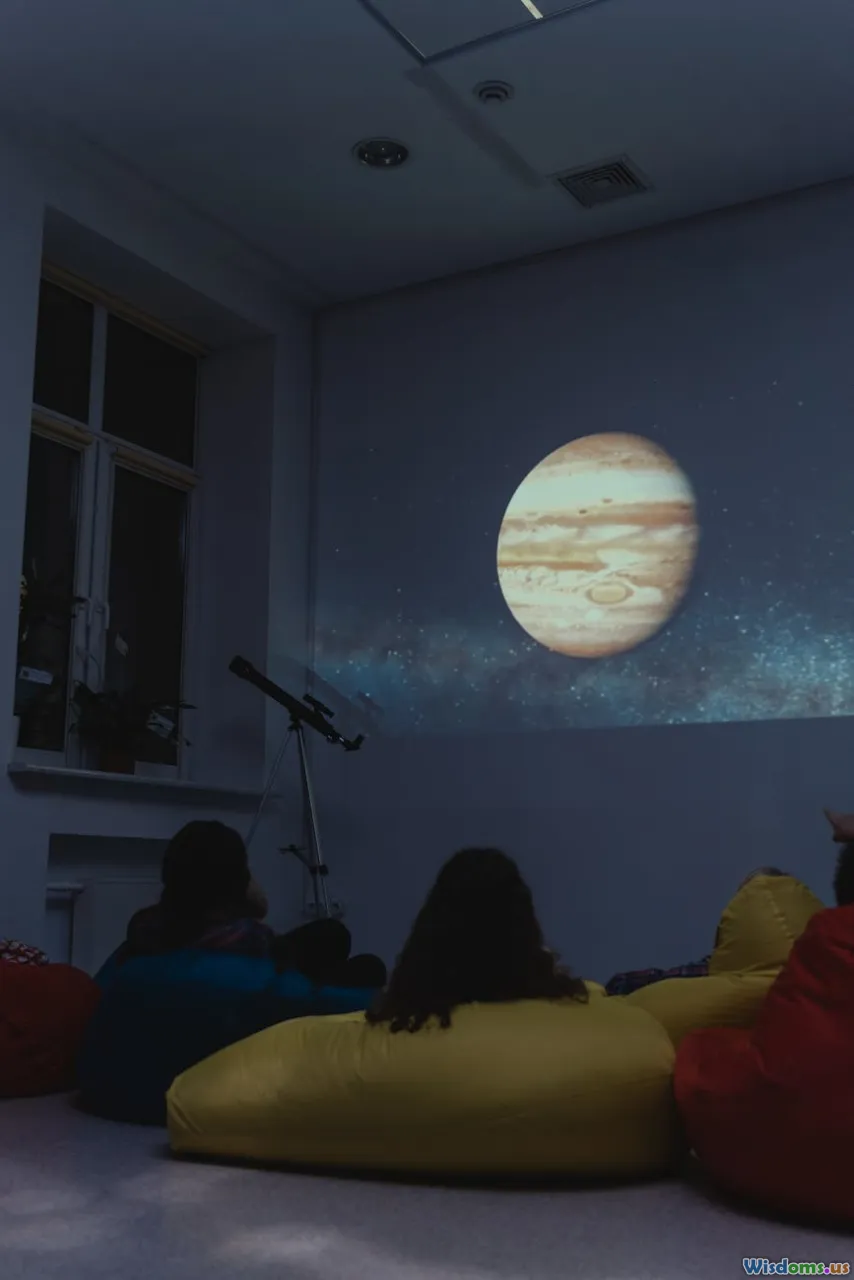
Astrophotography in cities is far from a solitary affair. Public workshops, YouTube tutorials geared at beginners, and hashtag movements (#UrbanAstrophotography) are democratizing the field.
Clubs and Meetups
Meetup.com hosts dozens of urban astronomy groups, often coordinating stargazing sessions synchronized with new Moon weekends, eclipses, or meteor showers. Community pushes like "Sidewalk Astronomy Night” invite passersby, providing a taste of city stargazing and encouraging diversity.
Social Media and Knowledge Sharing
Instagram’s growing #AstroFromCity tag features daring photographers shooting from Mumbai’s Marine Drive, Rio’s Copacabana Beach, London’s Thames Path, and more. These platforms foster technique tips, constructive criticism, and a gallery of city/sky mashups.
Inclusion and Education
Bringing astrophotography into schools—often via citizen science projects or Girl and Boy Scout activities—can ignite curiosity in a generation largely disconnected from the natural night sky. Universities team up with urban clubs to offer courses or open telescopes to students (as seen at UCLA, Hong Kong University, and the University of Cape Town).
Embracing the Artistic and Scientific Value
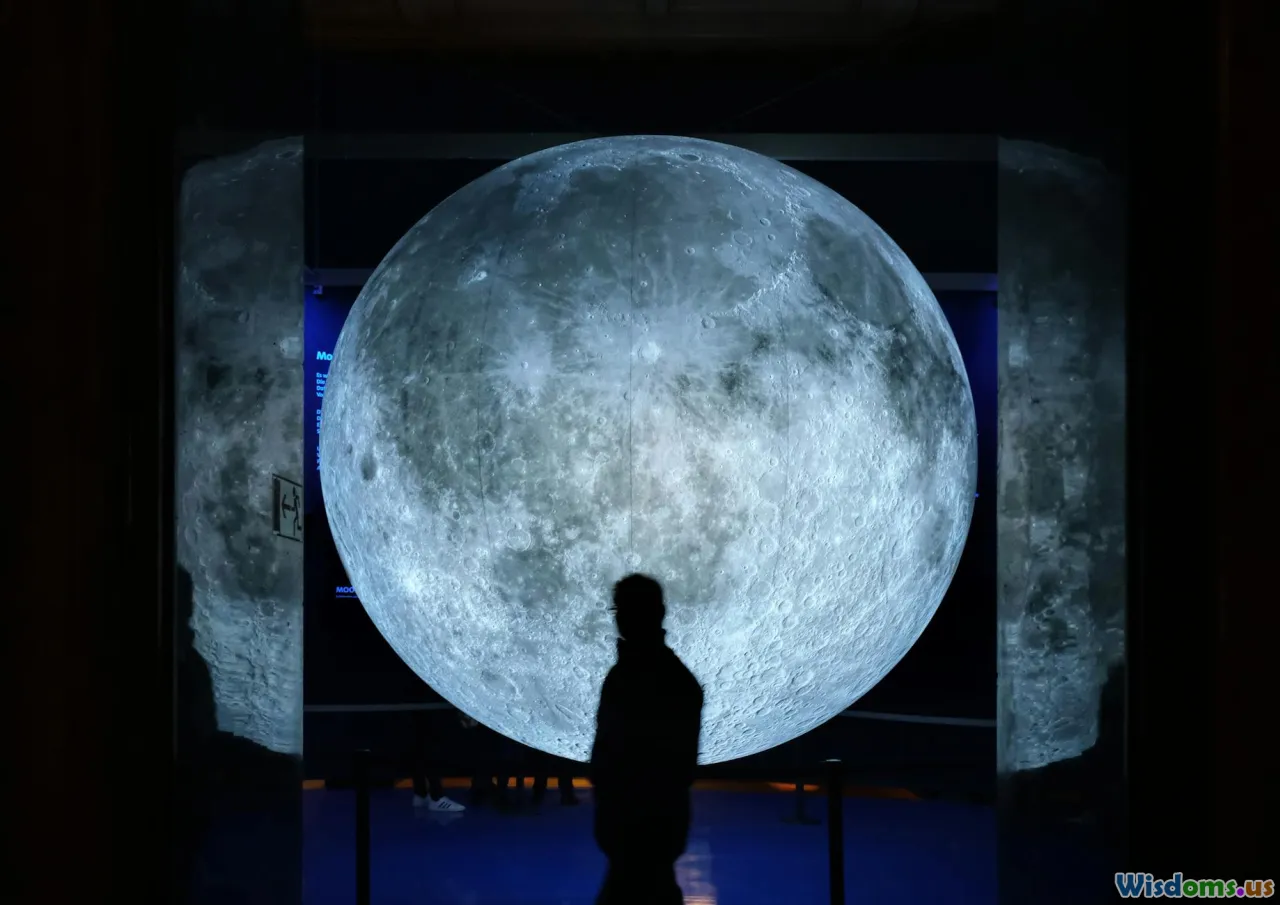
Some critics believe that urban astrophotography can’t compete with dark-sky masterpieces. Yet, the intersection of city and stars generates powerful contrasts and unique narratives.
-
Artistic Impact: Photographs of the ISS blazing above the Empire State, or the Crescent Moon framed between Dubai’s skyscrapers, capture the intersection of progress and cosmic heritage. These images become statements on our relationship with the universe amid relentless urban sprawl.
-
Scientific Utility: Urban observers remain vital to global science. Timely satellite flare observations, variable star tracking, asteroid occultations, and lunar eclipse documentation do not require pitch-black nights. Crowd-sourced urban measurements contribute data to light pollution initiatives like Dark Sky Association’s Globe at Night project and are used by professional astronomers tracking transient events.
-
Tech Innovation: City photographers pioneer new techniques that soon benefit all: better filters, stacking algorithms, or smartphone sensors. The search for solutions to city sky obstacles often sparks broader technological waves across the astrophotography community.
The Urban Star Gazer’s Manifesto
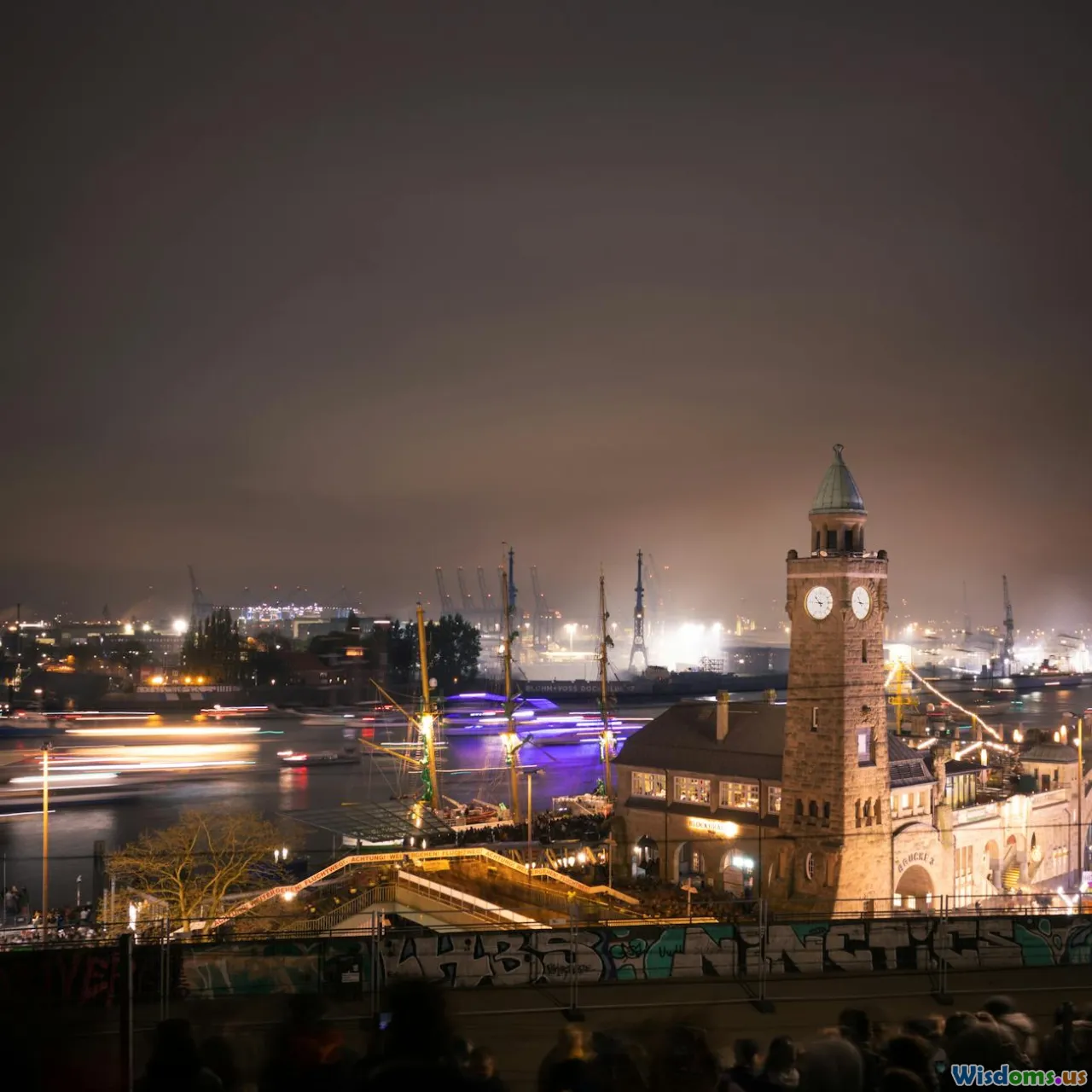
Urban astrophotography is more than a testament to technology; it’s a celebration of perseverance and creativity against the odds. Rather than surrendering to orange glows and concrete canyons, city astronauts find beauty in every available star, every lunar detail, and every shared moment peering up from neon-tinged streets.
Whether capturing the radiant path of Venus over a bustling avenue, stacking 100 frames to unearth the Milky Way’s shadowy bands, or simply marveling at Jupiter through a borrowed eyepiece, city dwellers continue to prove that wonder does not wait for quiet or darkness. The impossibility of urban astrophotography is a myth. What stands overhead—gleaming through the haze—is not just light, but untapped inspiration waiting to be unveiled with every restless, creative look up.
Rate the Post
User Reviews
Other posts in astrophotography
Popular Posts










